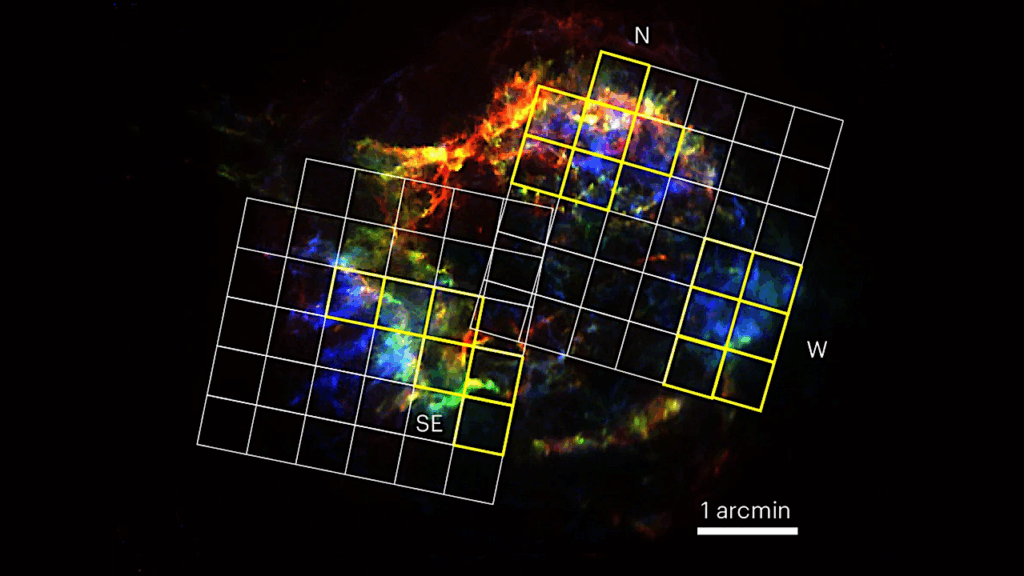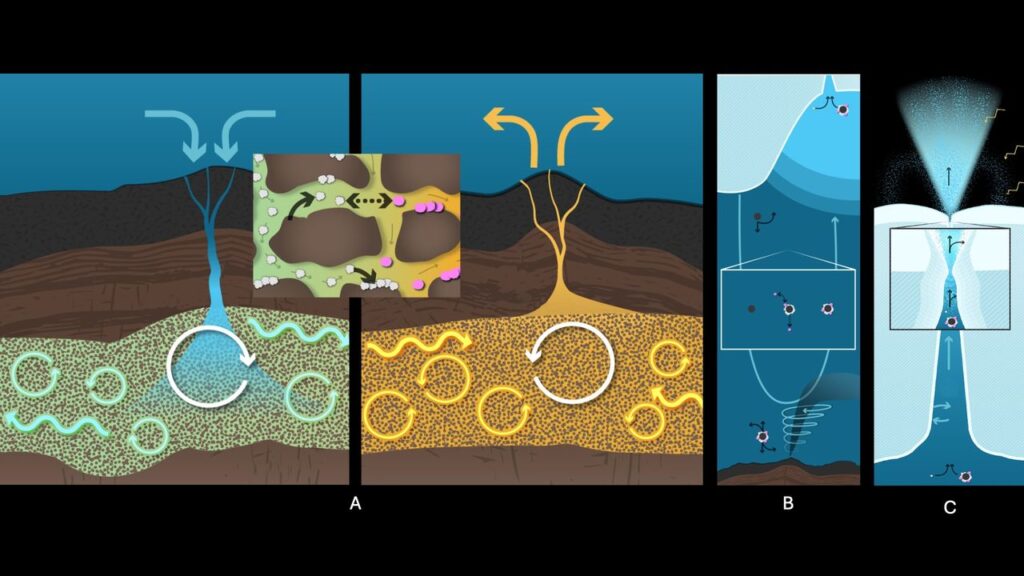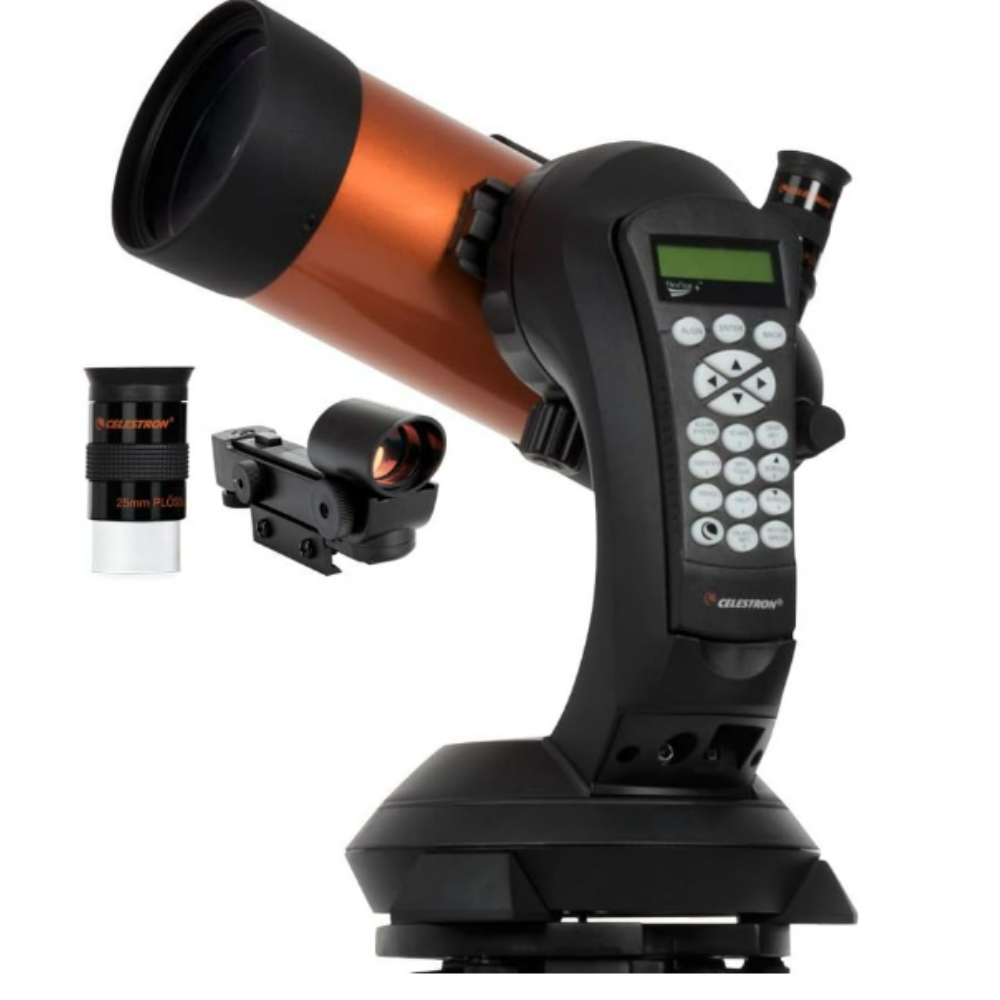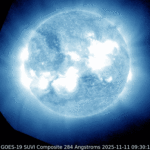Now Reading: Transient Marine Bottom Water Oxygenation On Continental Shelves By 2.65 Billion Years AgoNature Geoscience
-
01
Transient Marine Bottom Water Oxygenation On Continental Shelves By 2.65 Billion Years AgoNature Geoscience
Transient Marine Bottom Water Oxygenation On Continental Shelves By 2.65 Billion Years AgoNature Geoscience
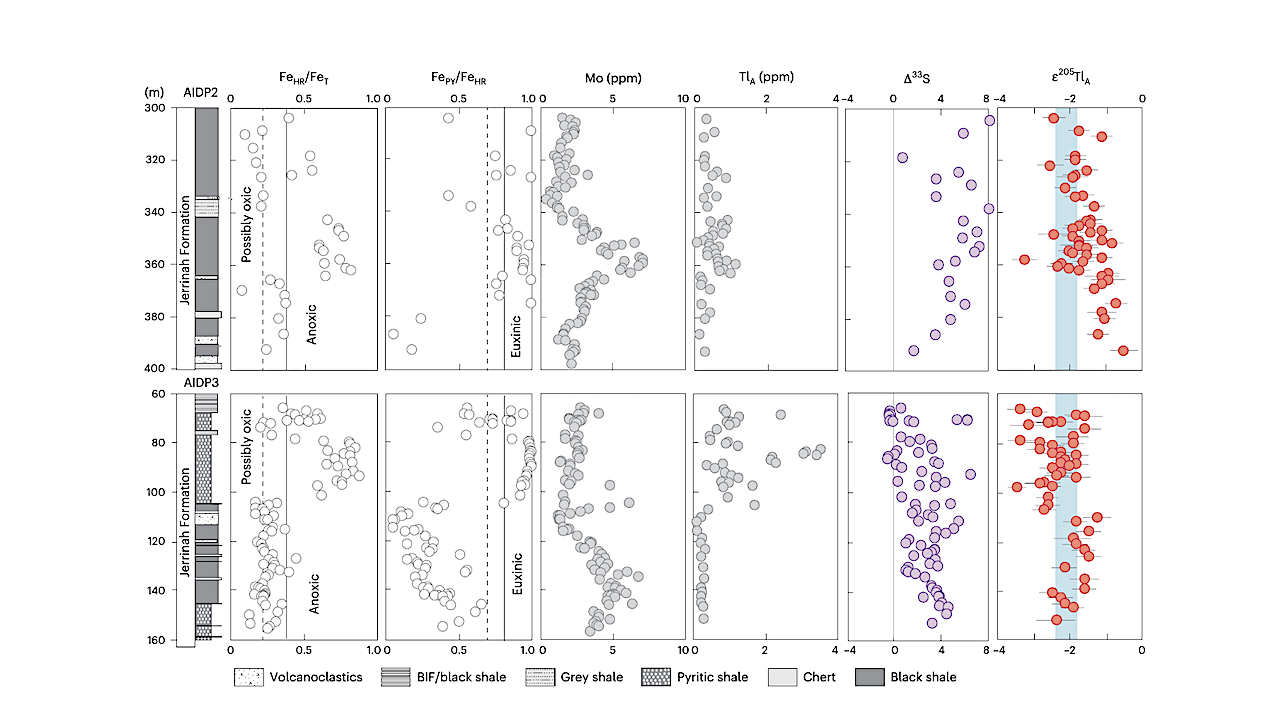

Geochemical profiles of the Jeerinah Formation in AIDP2 and AIDP3. Total Fe, highly reactive Fe and pyrite Fe are denoted by FeT, FeHR and FePY, respectively. The solid black lines indicate the thresholds for local anoxia (FeHR/FeT > 0.38) or euxinia (FePY/FeHR > 0.8); the dashed lines in Fe speciation panels represent relaxed thresholds for the same redox conditions (FeHR/FeT > 0.22 for anoxia and FePY/FeHR > 0.7 for euxinia)31. Purple and red symbols are Δ33S and authigenic Tl isotopic compositions (ε205TlA), respectively. Stratigraphy, iron speciation, Mo concentration and Δ33S data were from previous work4,37,60. The vertical blue bands represent the Tl isotopic composition of the bulk upper continental crust (BUCC, ε205Tl = −2.1 ± 0.3, 1 s.d., N = 6)39. All error bars represent two times the s.d. of that sample or the long-term external reproducibility of natural reference materials, whichever is larger. Thallium isotope data are presented as mean values ± 2 s.d. BIF, banded iron formation. — Nature Geoscience
A growing body of evidence suggests that molecular oxygen (O2) accumulated in some shallow marine environments beneath the effectively anoxic Archaean atmosphere 4.0 to 2.5 billion years (Ga) ago.
Yet, the temporal and spatial distribution of these oxygen oases is not well known. Here we use thallium (Tl) isotope ratios, which are sensitive to manganese oxide burial, to place constraints on the timing and tempo of marine oxygen oases between about 2.65 Ga and 2.50 Ga.
Lower-than-crustal authigenic 205Tl/203Tl ratios are common in shales from the approximately 2.65 Ga Jeerinah Formation (Western Australia) and the 2.50 Ga Klein Naute Formation (South Africa). Particularly low 205Tl/203Tl ratios are found at 2.50 Ga, coincident with a pronounced ‘whiff’ of O2.
These data can be explained by widespread seafloor manganese oxide burial, a scenario that requires persistent O2 penetration into marine sediments beneath regionally extensive marine oxygen oases. By contrast, 205Tl/203Tl ratios from the 2.60–2.52 Ga Nauga Formation (South Africa) do not deviate from crustal values, suggesting an intervening period of muted seafloor Mn oxide burial.
Our data suggest that O2 accumulated over greater spatial extents and to greater depths than previously thought at about 2.65 Ga and that marine oxygenation was spatially and temporally dynamic well before the Great Oxidation Event began at about 2.4 Ga.
Transient marine bottom water oxygenation on continental shelves by 2.65 billion years ago, Nature Geoscience
Astrobiology
Stay Informed With the Latest & Most Important News
Previous Post
Next Post
-
 012024 in Review: Highlights from NASA in Silicon Valley
012024 in Review: Highlights from NASA in Silicon Valley -
 02Panasonic Leica Summilux DG 15mm f/1.7 ASPH review
02Panasonic Leica Summilux DG 15mm f/1.7 ASPH review -
 03How New NASA, India Earth Satellite NISAR Will See Earth
03How New NASA, India Earth Satellite NISAR Will See Earth -
 04And Thus Begins A New Year For Life On Earth
04And Thus Begins A New Year For Life On Earth -
 05Astronomy Activation Ambassadors: A New Era
05Astronomy Activation Ambassadors: A New Era -
06SpaceX launch surge helps set new global launch record in 2024
-
 07Space Force plans new ‘Futures Command’ amid pressure to speed up modernization
07Space Force plans new ‘Futures Command’ amid pressure to speed up modernization













